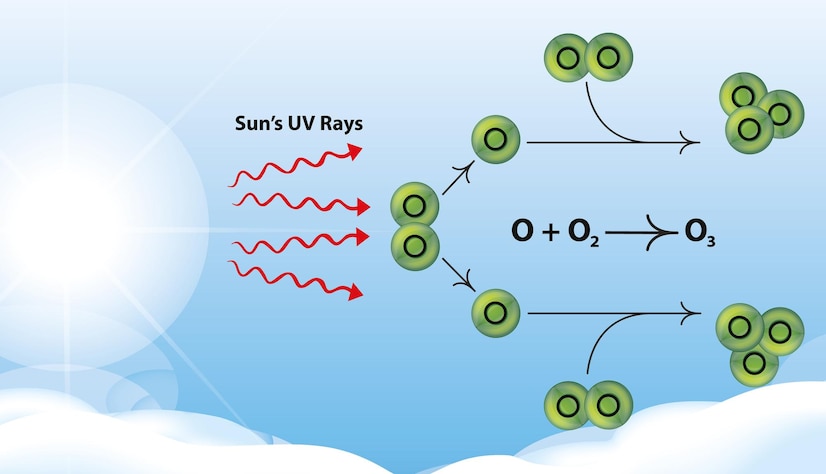The Temperature Of A Sample Has A Large Impact On Its Thermal Conductivity
The thermal conductivity of a material is the ability of that material to transfer heat through itself. It is typically measured under controlled conditions at a variety of temperatures to ensure accurate measurements. Thermal conductivity is an important property for many materials, especially those that are designed to operate in a wide range of temperatures. A good understanding of thermal conductivity is necessary to design, manufacture and test a wide variety of products.
There are several factors that influence the thermal conductivity of a material, including the size and shape of its particles. The more tightly packed the atoms or molecules of a material, Understanding how moisture affects thermal conductivity will be. In addition, a change in the phase of a material can also affect its thermal conductivity. For example, a solid may become liquid when it is heated, which can cause the heat-transferring particles to move faster.
For solids, the primary mechanism for heat transfer is via the movement of free electrons. However, a few special substances have a different mechanism of heat transfer known as phonon transport. These compounds, such as diamond and graphene, have extremely high thermal conductivities due to their crystal structures.
In general, the temperature of a sample has a large impact on its thermal conductivity. A higher temperature causes the molecules of a material to move faster, which in turn increases its thermal conductivity. In contrast, a lower temperature will cause the molecules of a material to move more slowly, which in turn decreases its thermal conductivity.
Moisture can have an impact on the thermal conductivity of a material, as well. A wet sample will generally have a lower thermal conductivity than a dry sample. The amount of moisture in a sample can also impact its phase, which in turn can influence its thermal conductivity.
The type of measurement technique used to determine the thermal conductivity of a sample can also influence its results. Steady-state methods measure the thermal conductivity of a sample once it has reached a steady state temperature profile, while transient techniques calculate the instantaneous heat transfer properties of a sample as it is rapidly heated and cooled.
While there are numerous ways to measure the thermal conductivity of a sample, each method has its own advantages and disadvantages. For instance, some methods require the use of embedded sensors to detect the heat-flux on each side of a specimen. This can increase the cost and complexity of the testing process.
A new method has been developed to reduce the need for embedded sensors in a sample, which allows for more accurate and precise testing. The method uses a thermocouple on each side of a sample to determine the temperature rise versus time. This method allows for the quick and easy measurement of thermal conductivity, even in samples with a high level of moisture. The resulting data can then be used to compare the thermal conductivity of a wet specimen with that of a dry specimen, as shown in Figure 2. This test is particularly useful for measuring the effect of moisture on the thermal properties of concrete.

